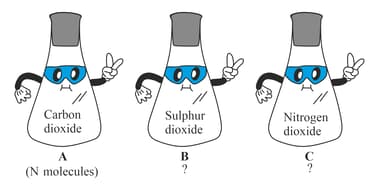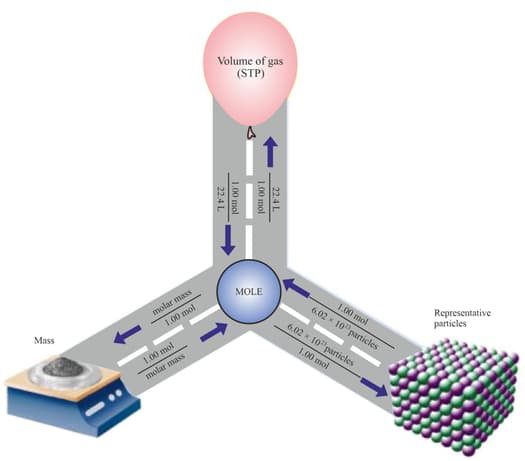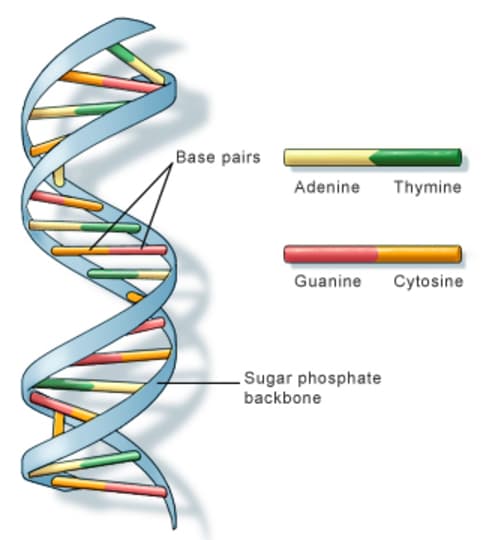Molecular Mass and Mole Concept
Important Questions on Molecular Mass and Mole Concept
Ankita, Madhavi and Ramesh are experimenting. They took three conical flasks and named the flasks A, B and C respectively. Each of the three flasks A, B and C contain of gas at the same temperature and pressure. Flask A contains carbon dioxide, flask B contains sulphur dioxide and flask C contains nitrogen dioxide.
If flask A contains N molecules of gas, how many molecules are present in flasks B and C?

mole of sodium, molecules of , atom of iron, and atoms of silver were having group discussions among themselves regarding their properties. In this discussion, one of the topics was the weight of the substances. So, they started comparing their weights to each other, but they were not able to come to any conclusion. Anand, a class 10 student, was passing from there, so they decided to take Anand's help to compare their weights.
Anand has been recently taught that for finding the mass of any element or any molecules, we should first know the atomic mass and molecular mass of the elements and molecules, respectively, and the number of moles and number of molecules of given substances. With the help of Anand, a group of students came to understand the real chemistry behind the calculation of the weight of any element or molecule. So, based on the knowledge they got from Anand, they calculated the weight of each of them.

Now, can you be able to answer which of the following weighs the most?
(i) mole of sodium (ii) molecules of
(iii) atom of iron (iv) atoms of silver
(Atomic masses )
The chemical responsible for our identities is DNA, as it carries our genetic identity. Although it is a very complicated molecule, it consists of a sequence of just four different base units. The four base units of DNA are called adenine, guanine, cytosine and thymine. Adenine has the chemical formula , guanine has the formula , cytosine is and thymine is . The table below gives the masses of each type of atom.

| Element | Chemical symbol | Relative atomic mass |
| hydrogen | ||
| carbon | ||
| nitrogen | ||
| oxygen | ||
| phosphorus |
- Neglecting the mass of the DNA backbone what will be the mass of the DNA with three adenine combinations and two guanine combinations.
- Calculate the number of water molecules that could be accommodated in the mass calculated in the first part.

